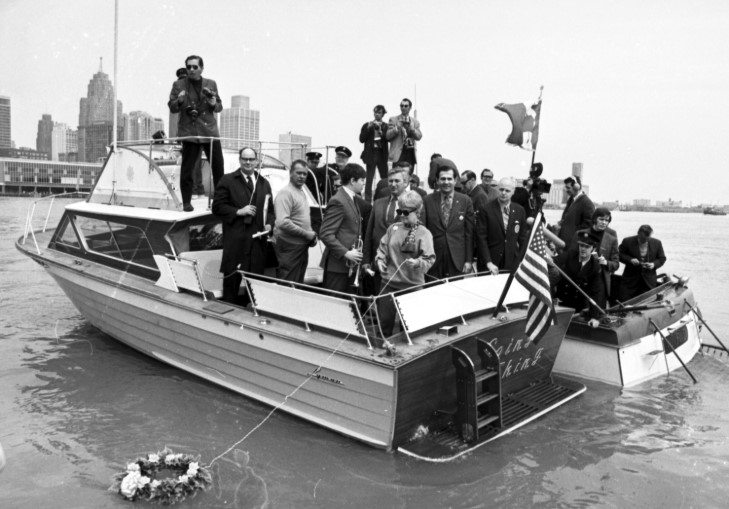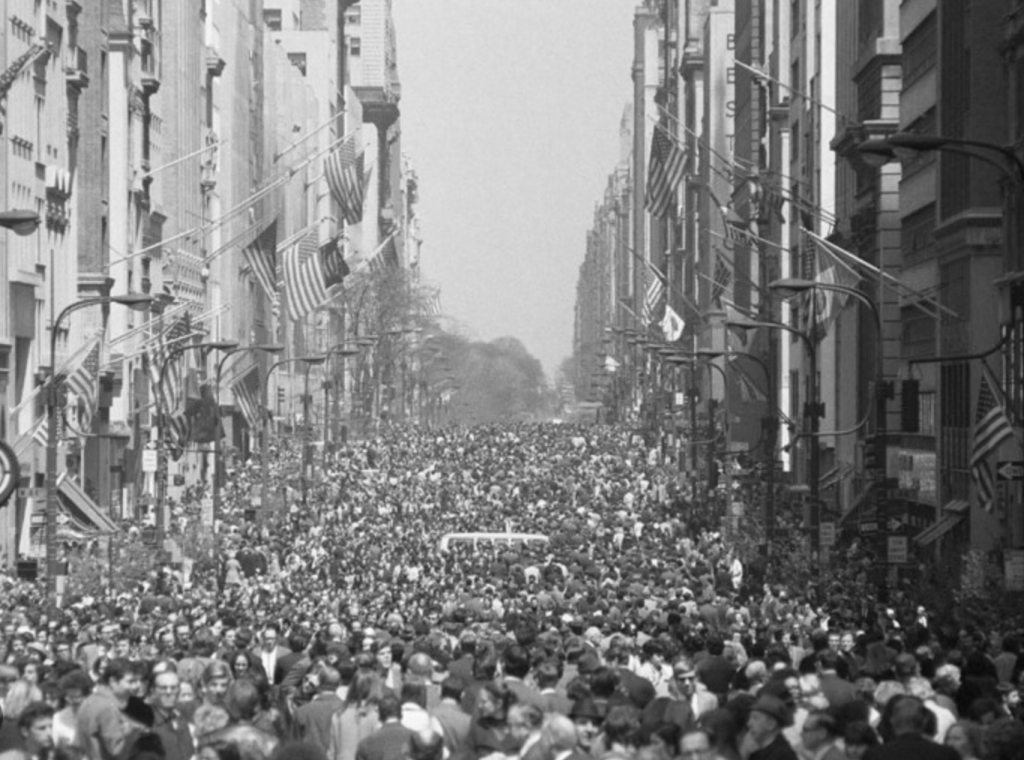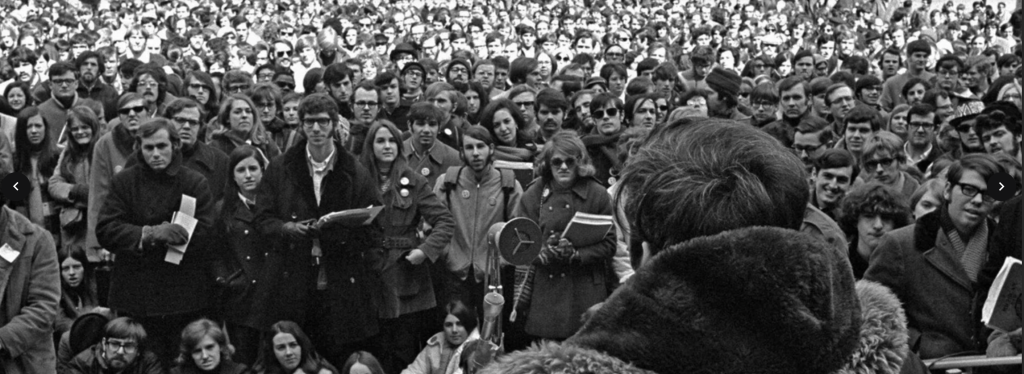The first Earth Day was marked on April 22, 1970. Over 20 million Americans participated, with peaceful gatherings in thousands of communities and at tens of thousands of schools. These protests riveted the attention of political leaders in the US and Canada and convinced them that they had to take action to save the environment.
In 1970, factories were free to spew lead and mercury-laced smoke into the sky and dump poison, paint and oils directly into the closest waterway. Lethal, persistent, radioactive, and cancer-causing waste could simply be poured into rusty steel barrels and dropped into the ocean or thrown into unlined pits, some near community water sources. There were no laws to stop it, and no one was held to account for the harms that inevitably followed.
I was a boy, 9 years old, living in Windsor, Ontario and I remember the power of the moment. Someone had built a giant casket at Riverside Park and boats were placing wreaths in the water of the Detroit River, marking its ecological death. A few miles downriver, Lake Erie had become a sewage and chemical cesspool and was also considered dead. Thousands of us, Canadians and Americans, lined the river to be part of that first Earth Day. My parents were simple blue-collar types, not hippies or college students but this made them into activists.


The environmental crisis was so terrible that something had to change. And it did.
Within 10 years, on both sides of the Detroit River, consequential laws were passed. The US quickly became a global leader in addressing pollution.
- The Clean Air Act,
- The Water Quality Improvement Act,
- The Water Pollution and Control Act Amendments,
- The Resource Recovery Act,
- The Resource Conservation and Recovery Act,
- The Toxic Substances Control Act,
- The Occupational Safety and Health Act,
- The Federal Environmental Pesticide Control Act,
- The Safe Drinking Water Act,
These far-sighted reforms benefitted public health, renewed environmental resources, increased worker productivity and provided consumer savings. Together, they provided over $9 dollars of value for every dollar spent on reducing pollution.
It may surprise you to know that it was Republican President, Richard Nixon, who spearheaded the bipartisan adoption of these laws and who established the EPA. He understood that protecting the environment was intimately connected with the health and prosperity of future generations.
“It is a cause of particular concern to young Americans, because they more than we will reap the grim consequences of our failure to act on programs which are needed now if we are to prevent disaster later. Clean air, clean water, open spaces—these should once again be the birthright of every American.”

April 22, 1970, shaped my outlook and still echoes though my life. That first Earth Day also proved that collective, grassroots action can make a difference. A lot has changed since then, many crises like acid rain and ozone depletion were resolved, but many new and increasingly complex threats continue to emerge. I hope a new generation will re-discover the power of peacefully taking to the streets.

